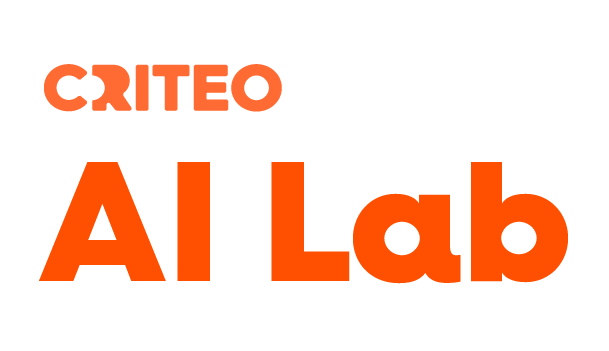We were there for the 2019 edition of AAAI that took place in Honolulu, Hawaii and we wanted to share with you our thoughts and highlights.
It’s in the air …
Taking a step back on the ML state of the art was an underlying theme that we strongly perceived across different talks from very different fields.
During the “knowledge extraction from games” workshop, understanding human behaviour was in the center of Joseph Alexander Brown’s study about how human figure out or even invent rules of board games they have never played before.
Still about “games”, experts from game theory and reinforcement learning met around topics questioning some common hypothesis of the two fields, may it be to relax classical simplifying hypothesis (multi-agent, non-zero sum games, imperfect information games), or by exploring complex properties of very simple examples. We had at least three instances of such reflexions during the workshop:
- 3 players piglet and pig
- A talk on the geometry and dynamics of rock-paper-scissors (as an illustration of a zero-sum game) by Georgios Piliouras
- Toy examples of decision processes in general sum, multi-agent environments by Michael Littman
The classical supervision paradigm is also being highly challenged, by active learning for instance which has become a growing domain, and by the open world recognition problem as illustrated by T.E. Boult et al’s papers where the need of embracing or at least properly handling the unknown is emphasized.
Performance evaluation in ML by Peter Flach was also a great reminder that even evaluating the performance of our algorithms is not a solved problem yet and that the need of a measurement theory in ML is needed, it served as a retrospective and a manifesto of the dos and don’ts when it comes to evaluation metrics.
GANs are a big buzz word these days (and have been for at least a couple of years) and Ian Goodfellow’s talk on Adversarial Machine Learning was a showcase of the applications and implications that go beyond just content generation.
To sum up, a lot of ideas were floating in the air: new results on solving imperfect information games; AI for education, Social Good, Smart cities; Graph Convolutional Networks are getting big attention …
AAAI 2019: next steps
AAAI 2019 was of great quality but it wasn’t perfect. While particular care was put into the organization, we still find it suboptimal to have a huge number of parallel tracks (a problem some Machine Learning conference are trying to change), where we found it hard sometimes to see why some papers were grouped in the same sessions.
And like a lot of Machine Learning conferences, we can see that significant effort was put into the papers, but sometimes not enough into the presentation itself as some were either too dense or too unclear.
We will be back!
The conference was full of interesting content, more than we can fit into a single blog post, but we urge you to take a look at the invited talks, the workshop and tutorial content (most of the material was posted online), as well as the list of accepted papers.
At Criteo, each R&D employee is sponsored to attend two international conferences per year. To be part of the journey, check our open opportunities.
Amine Benhalloum & Rafael Renaudin-Avino
